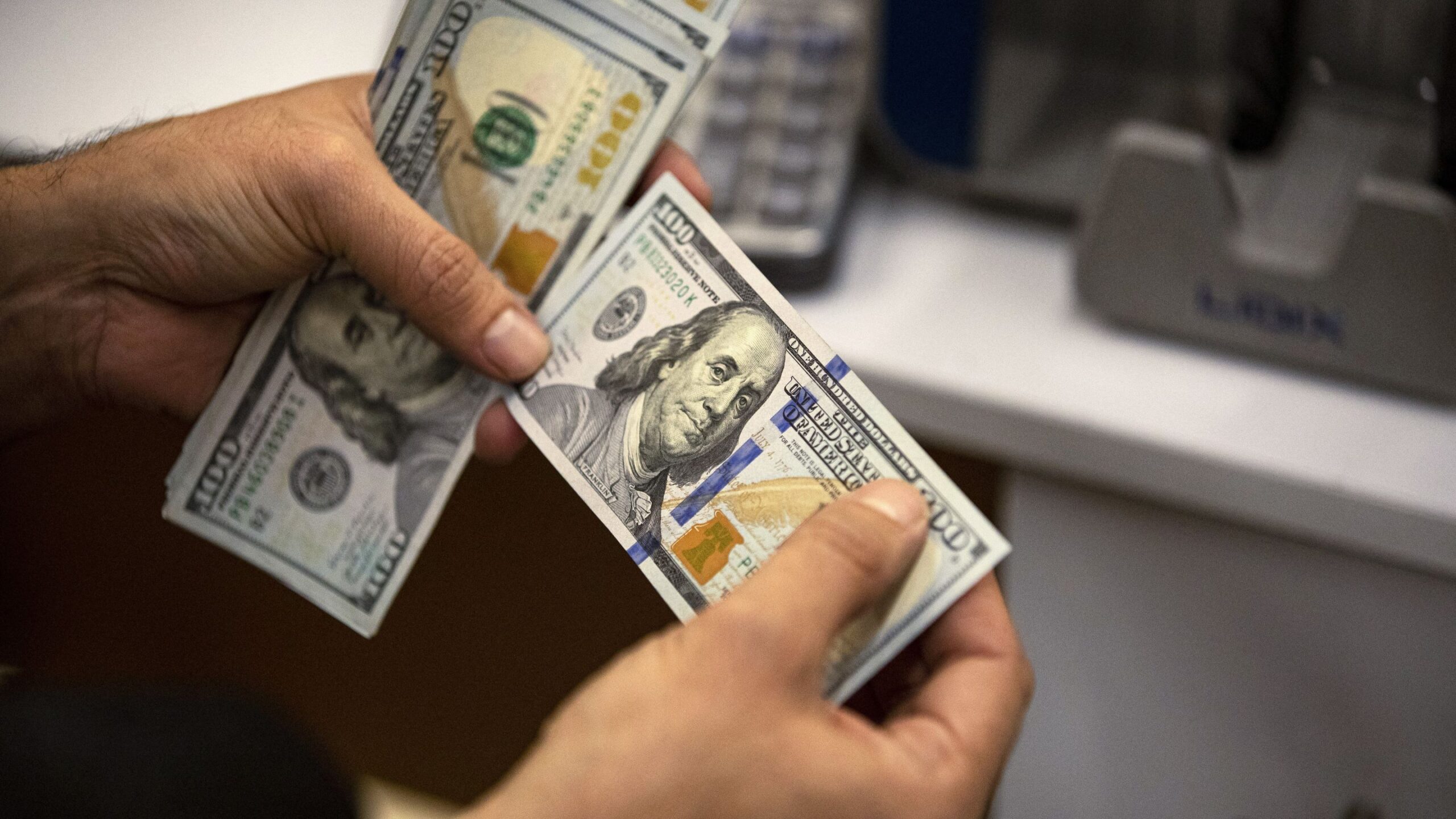Will the US dollar drop on the US tariffs?
The tariff-related vulnerability of the US dollar switches to a vulnerability borne of Federal Reserve policy. As a result, the US dollar could fall with euro/US dollar seen up to 1.3-plus over the next two years, according to the Standard Bank.

In some senses, the US has had a double win from tariffs. It has won against other countries, by introducing steep tariffs with virtually no reciprocity. But it has also seemingly won against the bond vigilantes, by seeing off their protests in April. In fact, we might even argue that it has won in a third way because the benefit to the US trade balance from tariffs has not been offset by a rise in the US dollar. The greenback has fallen, which is the opposite of what tariff theory would suggest and the opposite of what we’ve seen in the past. But can the fall in the US dollar really be counted as a ‘win’ for the US?
Stephen Miran, the Chair of the Council of Economic Advisors argued before Trump’s election win that tariffs would be offset by a stronger US dollar and that this would counter any inflationary pressure. To date, we have not seen any notable inflation, but that’s likely to come in time as a result of the tariffs and it could conceivably be boosted by the fall in the US dollar. It could leave the Fed in an invidious position and, in Standard Bank’ view, contribute to another downshift for the US dollar. Of course, the Fed is already in an uncomfortable place as President Trump heaps pressure on the bank to cut rates. But things could get much worse if the tariffs simultaneously lift inflation and weigh on growth, as theory and all the simulations suggest.
The market believes that the Fed will respond by focusing on the employment side of its dual mandate and cutting rates. But the market also seems to be underestimating the inflationary pressure that could stem from tariffs as well as some other aspects of the Administration’s policy, such as migration controls. In short, a stagflationary situation threatens and that’s not a good look for any currency. This week could see the first cracks open up in the Fed should Governor Waller dissent by voting to lower rates at Wednesday’s meeting. It is even possible that others join him.
Dissents on the Fed are rare and, this time, would be especially concerning as there is a clear sense in the market that those that dissent could be doing so to advance their case to be the new Fed Chair when Powell departs next May. This may be a rather cruel interpretation of the situation but it is one that could weigh on the dollar in our view.
But it is not just the dollar that is vulnerable. We have to remember that a notable burden from tariffs falls on other countries as well and the countries more open to trade are likely to be the ones that suffer the most. Broadly speaking, all other G10 economies are more open than the US in the sense that trade accounts for a larger proportion of their GDP. The eurozone is a notably trade-dependent region.
We saw how Q1 GDP was lifted sharply by tariff front-running and, this week, we should see how a return to a more normal trade pattern in Q2 will take quarterly growth down to zero, or even lower. The UK is likely to see the same sort of pattern in GDP, but the UK government has been able to secure a 10% tariff rate as opposed to the 15% that accrues to the eurozone. Could this be something that encourages a turnaround in euro/sterling from the sharp euro appreciation we have seen since the start of June?
For in spite of the better trade deal, UK policymakers remain in a huge bind as weak growth stresses the budget and leaves the government’s fiscal strategy in ruins. In contrast, eurozone nations have space to ease fiscal policy, particularly Germany, which has eased its much-maligned debt brake to free up space for increased defence spending.
“We think that this should help the euro to consolidate the gains that it has made against the pound in recent months. This being said, a deep slide in the pound against the euro, to levels for euro/sterling above 0.90 probably depend on a return to the ‘crisis’ situation that sterling found itself in back in September 2022. We see this as a low probability and hence our forecasts for euro/sterling are only moderately weaker than current levels through the rest of the year”, emphasized the Standard Bank.








